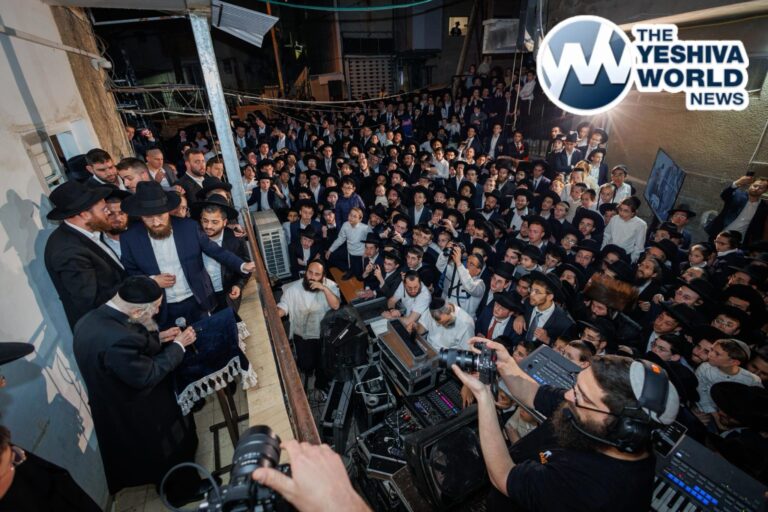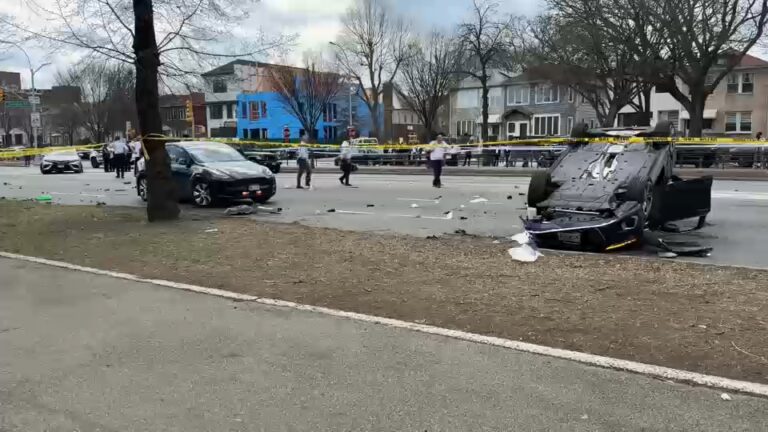The coronavirus pandemic is forcing big changes at the tradition-bound Supreme Court.
Beginning this coming week, the justices will hear arguments by telephone for the first time since Alexander Graham Bell patented his invention in 1876.
Audio of the arguments will be broadcast live by the news media, another first. This will be just the second time that the justices will meet outside the court since the Supreme Court building opened in 1935. (The discovery of anthrax in a court mailroom in 2001 forced a temporary relocation to another federal courthouse less than a mile away.)
The first argument is scheduled for Monday, and the court will hear a total of 10 cases over six days. Among the cases to be argued: President Donald Trump’s bid to keep certain financial records private and whether presidential electors are required to cast their Electoral College ballots for the candidate who won their state.
A few things to know before the arguments are heard:
SENIORITY RULES
Supreme Court arguments are generally freewheeling affairs, with rapid-fire questions coming at advocates. That often means the justices trip over each other trying to get in a question. This time, the justices will ask questions in order of seniority, with Chief Justice John Roberts going first and Justice Brett Kavanaugh, the last to speak.
Doing things in seniority order is routine at the court. The justices sit according to the length of their court service both at the bench and when they meet for private conferences, where discussion also proceeds in seniority order. One justice you probably won’t hear much from is Clarence Thomas, the longest-serving member of the court. He almost never asks questions, and he’s said he thinks his colleagues interrupt the lawyers before them too much.
___
DRESS CODE: ROBES OPTIONAL
Before taking the bench, the justices gather just behind the courtroom to put on their black robes and shake hands, another tradition upended by the virus outbreak. But with no one to see them, they could just as easily wear their bathrobes.
The same goes for lawyers who argue before the Supreme Court. Appropriate court attire for lawyers, the court says, is “conservative business dress in traditional dark colors.” Think navy blue or charcoal gray. Sweatpants come in those colors, don’t they?
Meanwhile, the Justice Department says the government’s lawyers will wear their traditional long-tailed formal morning coats and present their arguments from the conference room of the solicitor general, the government’s top Supreme Court lawyer.
___
NO BUZZER, NO LIGHTS
Five minutes before the justices take the bench, a buzzer sounds in the courtroom. It sounds again right before they emerge from behind the courtroom’s red velvet curtains.
No warnings are likely over the phone, the court said, and it’s not as though the lawyers need any. They’ll get a call at 9:30 a.m. Eastern time, 30 minutes before arguments begin. Right at 10, the court’s marshal, Pamela Talkin, will call the court to order. It’s possible there will be some variation on her usual cry that begins with the phrase “Oyez! Oyez! Oyez!”
Another courtroom cue will be missing. Typically lawyers arguing before the court get a warning that their time is about to expire: a white light that goes on at the podium where they are arguing. A red light goes on when it’s time to stop talking. “Arguing counsel have been encouraged to keep their own time for argument, so that they can independently determine how much time is remaining,” court spokeswoman Kathy Arberg said.
Chief Justice William Rehnquist used to cut lawyers off mid-sentence when the red light went on. Roberts is more lenient, and this month, he will thank lawyers when their time is up, “signaling that they should wrap up with a sentence or two,” Arberg said.
___
EVERYONE GETS A SEAT
If you’re a member of the public, getting a ticket to watch a Supreme Court argument is like winning the lottery. The tickets are free, but there are fewer than 100 seats typically available to the public, and to get one you have to line up before dawn. And that’s just for cases that are snoozers.
Watching a real blockbuster can mean spending days in line, or paying someone to do it on your behalf. People waited through a rainy night and falling temperatures for arguments in November over legal protections for young immigrants.
This time, with arguments beginning at the traditional 10 a.m. in Washington, even West Coasters can stay in bed past dawn and still have time to tune in to C-SPAN to hear the proceedings.
___
STILL NO CAMERAS
Many state Supreme Courts and one federal appeals court, in San Francisco, regularly have live video of their courtroom sessions, and have continued to do so even as they have moved to remote hearings because of the coronavirus. But that’s a bridge too far for the Supreme Court. The justices won’t even have any internal video link that would allow them to see each other during the arguments, Arberg said.
(AP)











